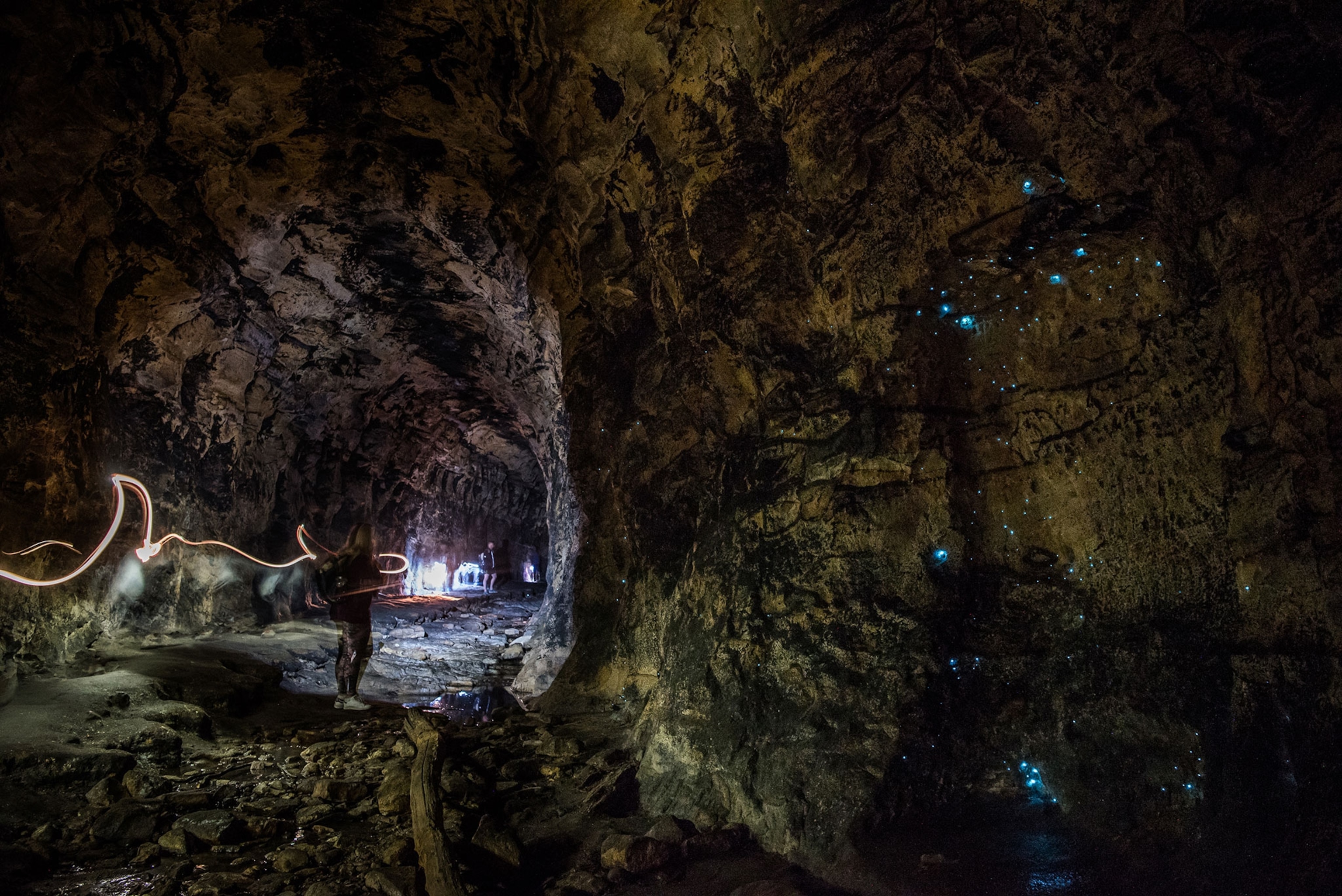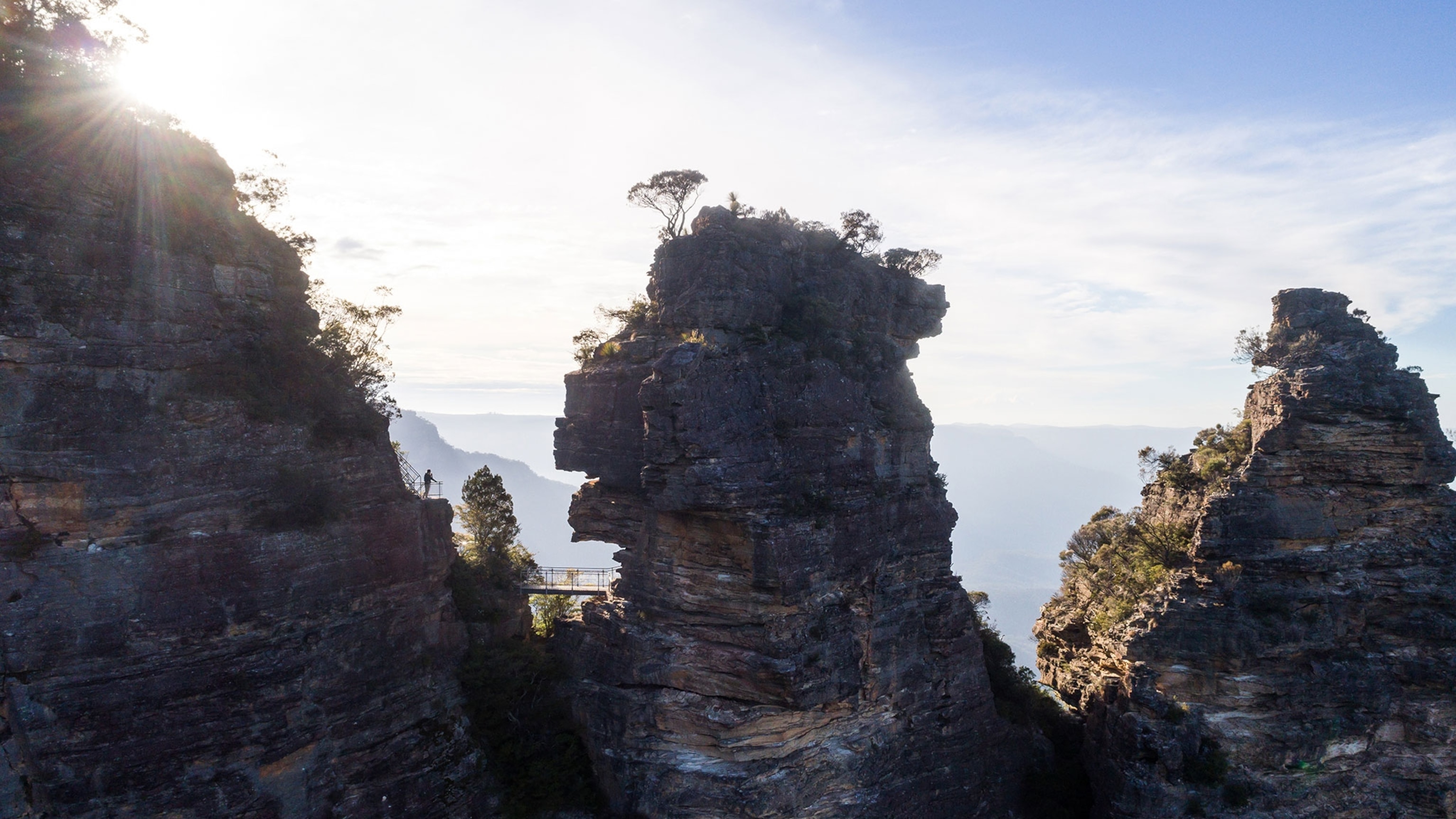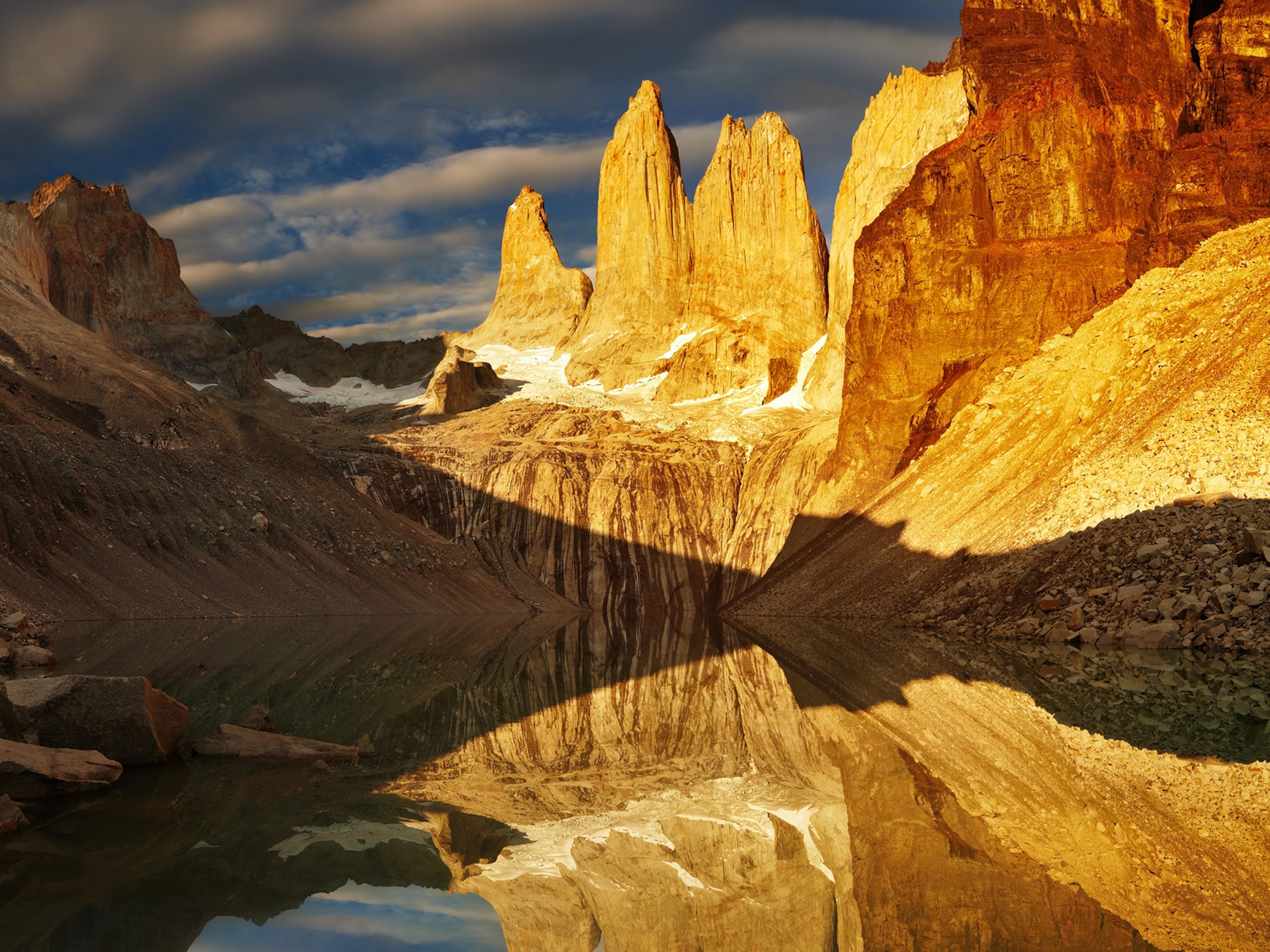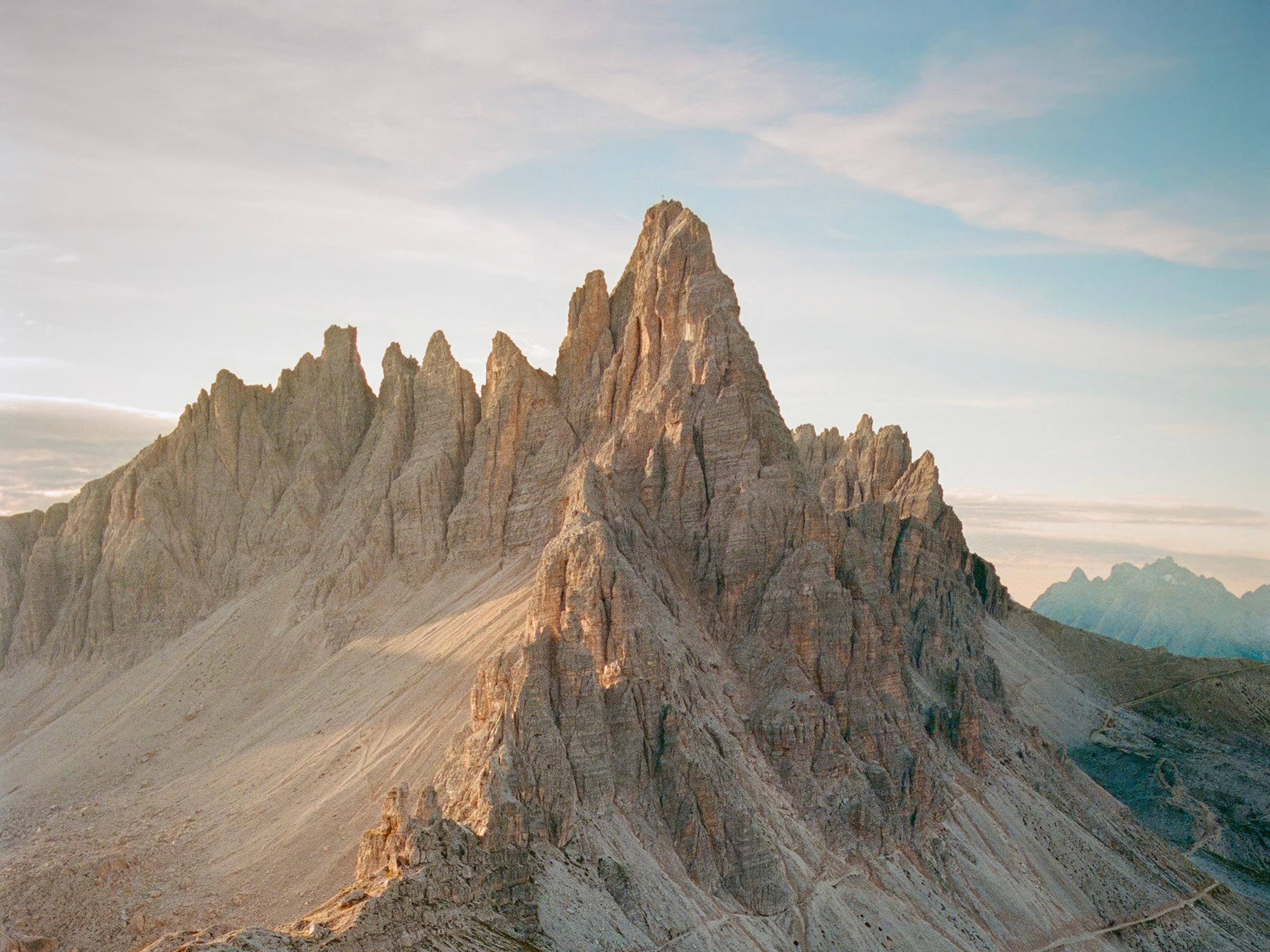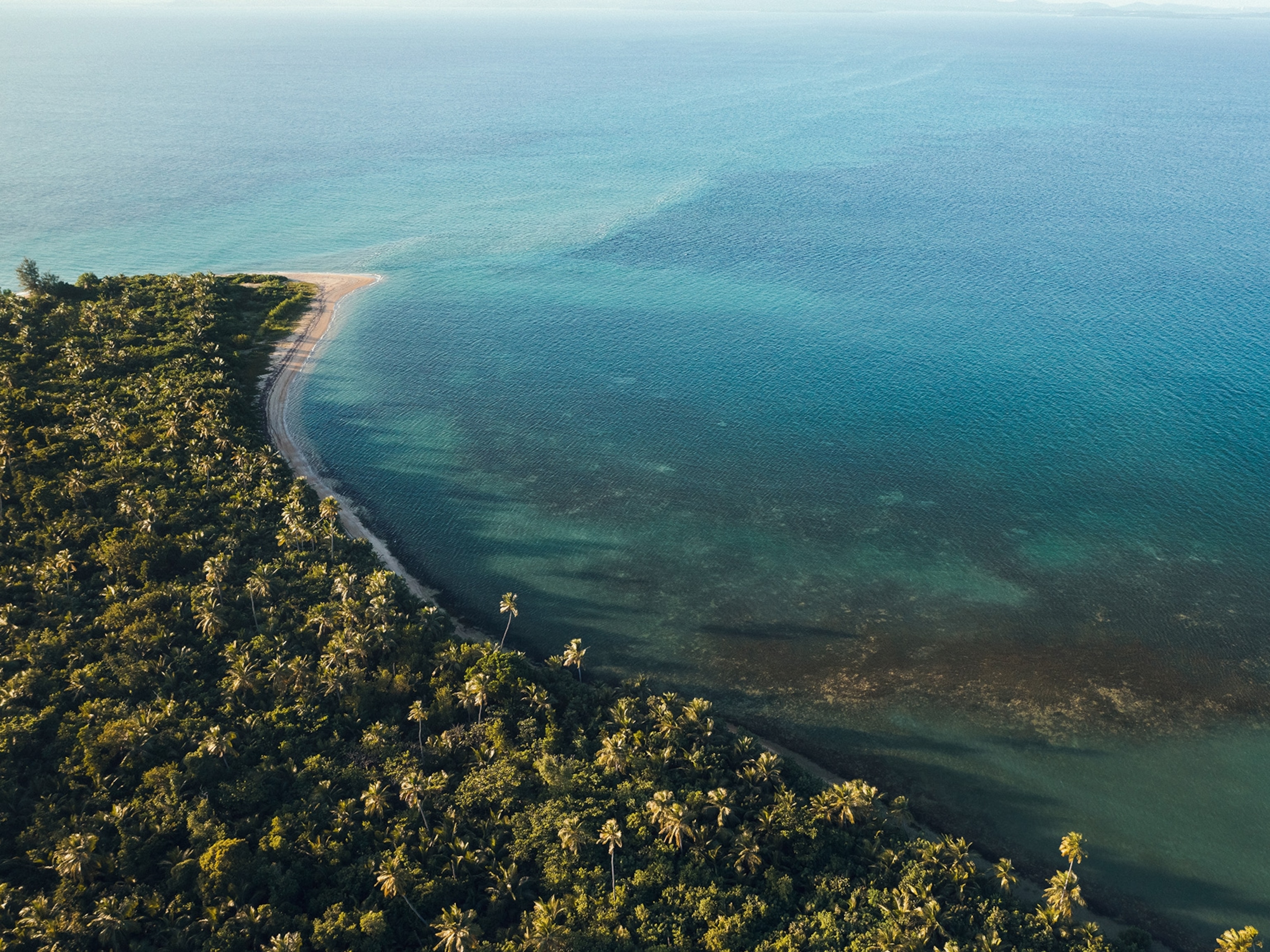Some of the World’s Rarest Wildlife Live in This Mountain Refuge
Australia’s Greater Blue Mountains Area is home to more than 400 animal species and approximately 1,500 plant species.
Site: Greater Blue Mountains Area
Location: New South Wales, Australia
Year designated: 2000
Category: Natural
Criteria: (ix), (x)
Reason: This dramatic landscape of sandstone cliffs, gorges, and eucalypt forests is home to a plethora of rare and threatened species, making it a prime example of Australia’s natural beauty and biodiversity.
In Australia’s Greater Blue Mountains Area, dramatic sandstone plateaus tower over gently rolling hills covered in eucalypt forests and gullies that safeguard some of the world’s oldest and rarest species.
Less than a two-hour drive or train ride inland from Sydney, the 3,861-square-mile (one-million-hectare) natural area is one of the largest protected bushland areas in Australia. Visitors flock to its striking vistas, like the iconic Three Sisters, an imposing trio of rock formations representing three young women who were turned into stone to protect them—according to Aboriginal legend—from forbidden marriage. The damsels are still waiting for someone to return and reverse the spell.
Below the area’s cliffs, waterfalls crash in the network of slot canyons. Even underground, the scenery is striking: The Jenolan Caves boast ornate limestone formations and underground rivers.
As lovely as the scenery is, the greatest treasure of the Greater Blue Mountains Area is the biodiversity it safeguards. The area is home to more than 400 animal species, some of them rare and threatened, and the approximately 1,500 plant species growing here include dozens of eucalypts, highlighting multiple stages in the evolution of Australia’s iconic gum trees. The Wollemi pine, also known as the “dinosaur tree” or “living fossil” because it was long thought to be extinct, was found in 1994 still living in isolated gorges in the Blue Mountains.
The area has long attracted naturalists from around the world. A young Charles Darwin trekked through its bush on one excursion; so did John Muir. And Australia’s early conservationists fought doggedly to ensure this natural wonder was preserved. The most persistent champion was Myles Dunphy, an architect with a penchant for bushwalking, who in 1932 proposed a 1,777-square-mile (460,000-hectare) Blue Mountains National Park. Thanks to his efforts, the first 63,000-hectare (243-square-mile) parcel was set aside as Blue Mountains National Park in 1959.
Over the next four decades the area was expanded and now comprises eight protected areas: Blue Mountains, Wollemi, Yengo, Nattai, Kanangra-Boyd, Gardens of Stone, and Thirlmere Lakes National Parks, and the Jenolan Karst Conservation Reserve.
- National Geographic Expeditions
How to Get There
The fastest way to travel from Sydney is by car, but trains also run from Sydney’s Central Station to the town of Katoomba, which makes an ideal base for exploring the mountains.
When to Visit
The climate is moderate year-round, but you may get wet if you go during the summer (December-February) rainy season. Peak rainfall normally occurs in February.
How to Visit
There are as many options as there are styles of travelers. You can book a tour or plan your own visit. Rent a car and cruise along the Greater Blue Mountains Drive, or catch one of the buses and trolleys that run a circuit through the World Heritage site, stopping off at places of interest. You can also take a cable car or ride the world’s steepest incline railway. Once inside, your options include hiking, canyoning, rock climbing, and camping.

